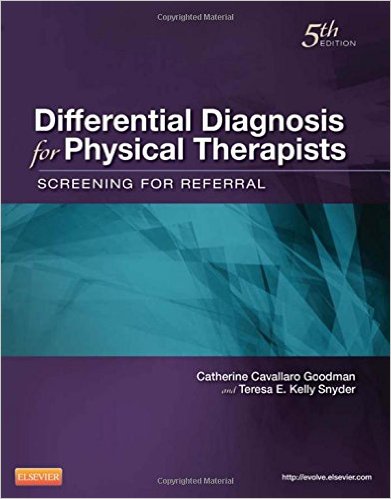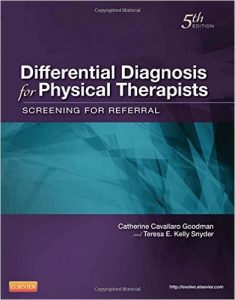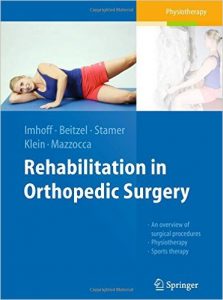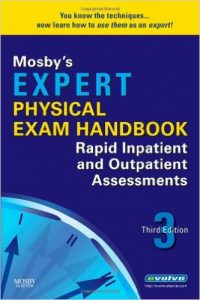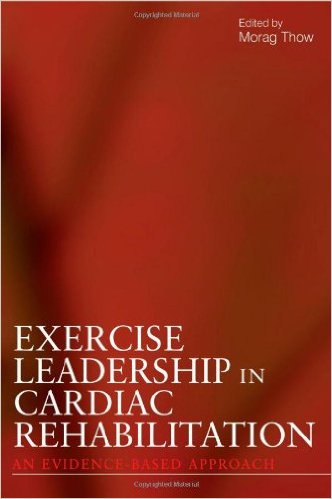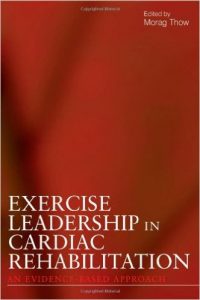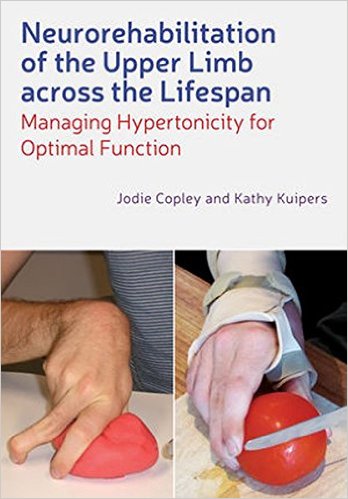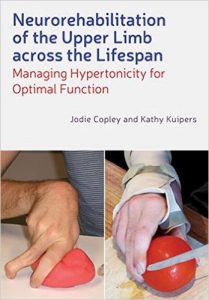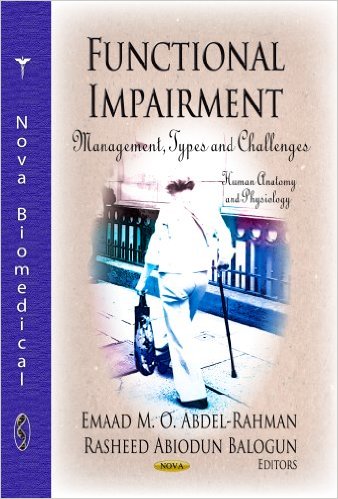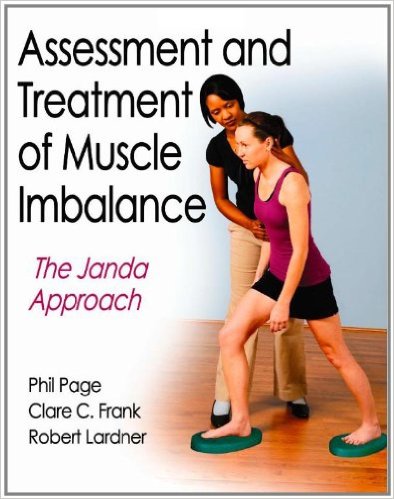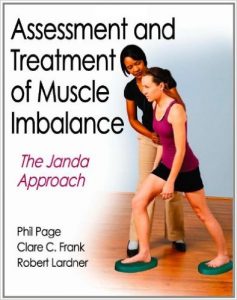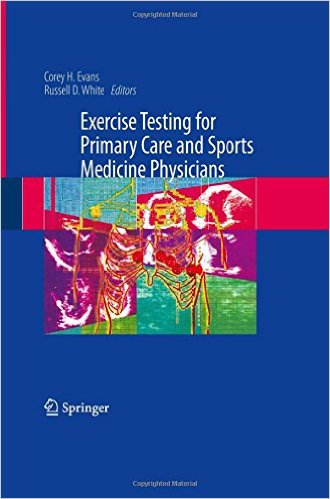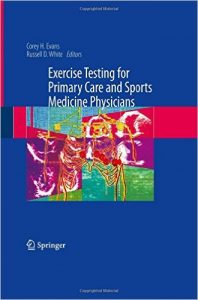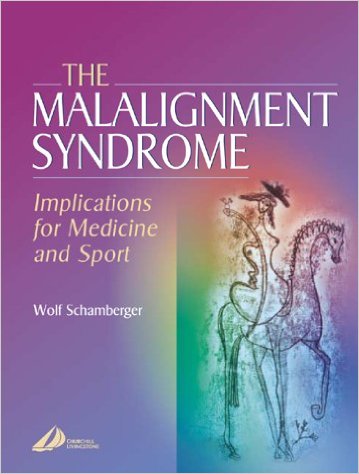NASM Essentials Of Personal Fitness Training: Fourth Edition Revised 4th Edition

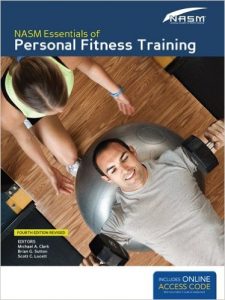
[amazon template=iframe image2&asin=1284036804]
This text is a recommended resource for the NASM Certified Personal Trainer (CPT) certification. The NASM CPT certification is accredited by the National Commission for Certifying Agencies (NCCA). Since 1987, the National Academy of Sports Medicine (NASM) has been a global leader in providing evidence-based certifications and advanced credentials to health and fitness professionals. NASM Essentials of Personal Fitness Training, Fourth Edition Revised, continues to lead the way by providing the most comprehensive resource for aspiring personal trainers and other health and fitness professionals. Based on NASM’s proprietary Optimum Performance Training™ (OPT™) model, you will learn a systematic approach to program design with exercise program guidelines and variables; protocols for building stabilization, strength, and power programs; guidance on how to build a clientele through professional development; and more! By following the techniques in this book, you will gain the information, insight, and inspiration you need to change the world as a health and fitness professional. Key Features: • Two new chapters: Exercise Metabolism and Bioenergetics and Introduction to Exercise Modalities. • Definitions of Key Terms in the margins, with key terms bolded within the text. • Stretch Your Knowledge boxes emphasize key concepts and findings from current research. • Memory Joggers call out core concepts and program design instructions. • Exercise sections discuss the purpose and procedures of various techniques that can be used with clients. Technique and Safety Tips are also provided. • Summaries that wrap up each chapter to remind you of pertinent material. • Appendices provide 100 additional exercises; OPT workout programs; one repetition maximum conversion charts; and muscle origins, insertions, and functions. • Extensive full-color art and photographs illustrate numerous exercise techniques and anatomy and physiology.

